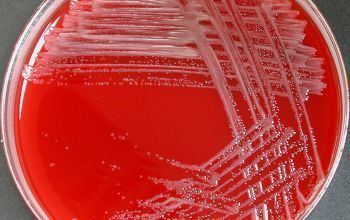Higher classification Ralstonia | Family Ralstoniaceae Scientific name Ralstonia pickettii Rank Species | |
 | ||
Similar Bacteria, Ralstonia, Ralstonia mannitolilytica, Burkholderia gladioli, Pseudomonas mendocina | ||
Ralstonia pickettii is a Gram-negative, rod-shaped, soil bacterium.
R. pickettii is a Betaproteobacteria species found in moist environments such as soils, rivers, and lakes. It has also been identified in biofilms in plastic water pipes. It is an oligotrophic organism, making it capable of surviving in areas with a very low concentration of nutrients. Several strains have shown an ability to survive in environments highly contaminated with metals. The ability to persist in these harsh conditions makes R. picketti a candidate for bioremediation.
R. picketti and R. insidiosa are emerging pathogens in hospital settings. R. picketti pathology does not follow an easy definition; although no fully healthy human has ever become ill from it, the bacterium has seriously affected humans with poor health. Several hospitals have reported outbreaks - in particular, patients with cystic fibrosis and Crohn’s disease have been shown to be infected with R. picketti. Of the 55 reported cases of such infection, the majority are due to contaminated solutions such as water, saline, and sterile drugs. These solutions are usually contaminated when the product is manufactured, because R. picketti has the ability to pass through 0.45 and 0.2 µm filters that are used to sterilize medicinal products. The majority of R. picketti and R. insidiosa isolates showed susceptibility to most of the antibiotics tested. The most effective were found to be the quinolones and sulfamethoxazole/trimethoprim.
